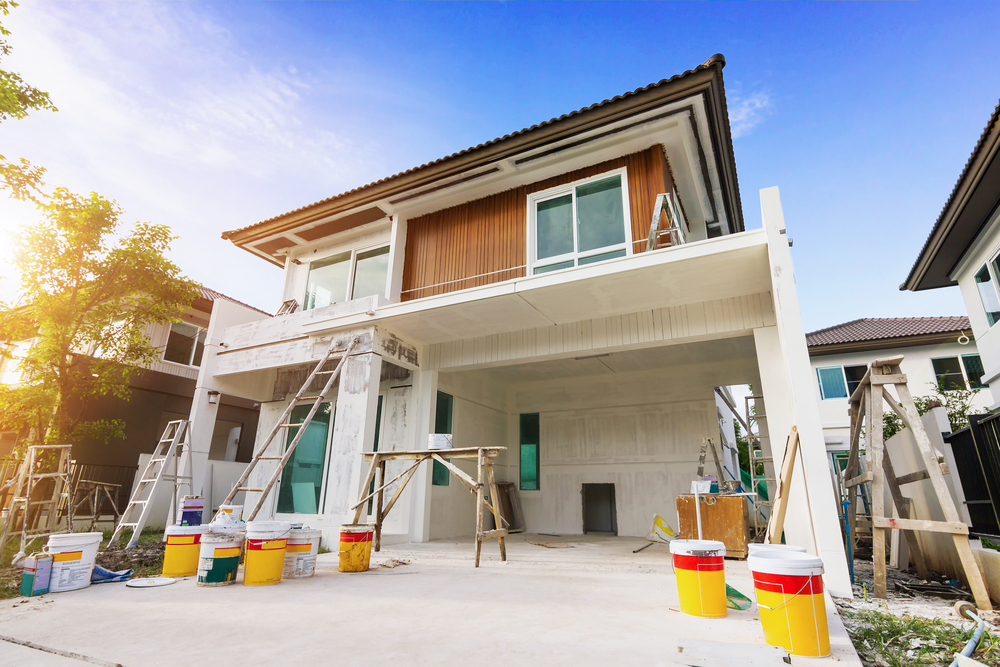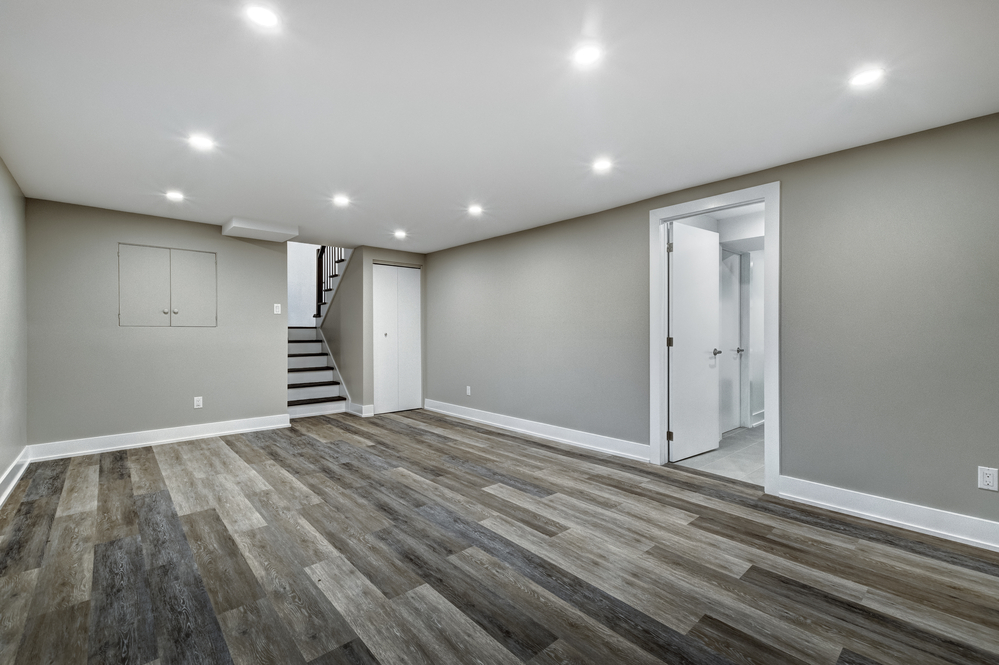Introduction
Residential remodeling offers homeowners the opportunity to transform their living spaces into functional, stylish, and valuable havens. Whether you’re planning a kitchen overhaul, bathroom upgrade, or a full-house renovation, this guide will help you navigate the essential steps, common pitfalls, and smart strategies to achieve your dream home. Packed with valuable keywords, it’s the go-to resource for anyone embarking on a residential renovation journey.
1. Setting Clear Goals and Budgeting for Residential Renovations
Define Your Vision: Start with a vision board or list of goals. Do you want an open-concept kitchen, modern bathroom fixtures, or energy-efficient windows?
Budget Allocation: Allocate funds to priority projects and set aside 10-20% for contingencies. This ensures you’re financially prepared for the scope of your remodel.
2. Choosing the Right Contractor for Residential Remodeling Projects
Research and References: Seek licensed contractors with a strong portfolio in residential remodeling, particularly those specializing in your project type.
Written Estimates: Compare multiple estimates and ensure contracts include timelines, costs, and warranties.
3. Obtaining Permits and Meeting Local Building Codes
Permits: Major renovations often require permits, especially for electrical, plumbing, or structural changes. Work with a contractor to ensure compliance with local building codes.
Inspection: Schedule inspections during critical stages to ensure safety and adherence to standards.
4. Planning the Layout and Design
Open-Concept Design: Modern living emphasizes fluidity between the kitchen, dining, and living areas. An open-concept layout makes spaces appear larger and encourages social interaction.
Room-Specific Renovations: Identify the unique needs of each room. For instance, kitchens require efficient workflows, while bathrooms prioritize privacy and accessibility.
5. Quality Materials for Long-Lasting Renovations
Flooring: Choose durable options like hardwood, laminate, or tile for high-traffic areas. Carpet offers warmth in bedrooms and living rooms.
Countertops: Materials like granite, quartz, and butcher block provide functionality and aesthetic appeal in kitchens and bathrooms.
Windows and Doors: Energy-efficient models save costs and enhance comfort.
6. Energy Efficiency and Sustainability in Remodeling
Insulation: Proper insulation improves energy efficiency and reduces utility bills.
Appliances and Fixtures: Opt for Energy Star appliances and low-flow fixtures to minimize environmental impact.
Smart Home Technology: Incorporate smart thermostats, lighting, and security systems for enhanced convenience and savings.
7. Maximizing Storage and Organization
Built-In Cabinets and Shelving: Optimize space with custom storage solutions.
Walk-In Closets: Create spacious, organized closets in bedrooms and hallways.
8. Finishing Touches: Paint, Hardware, and Décor
Painting: Neutral tones provide a timeless backdrop, while accent walls can add a pop of color.
Hardware: Modern drawer pulls, faucets, and doorknobs add a polished look.
Décor: Incorporate statement lighting, mirrors, and artwork to reflect your style.
9. Final Walkthrough and Warranty
Inspection: Conduct a thorough walkthrough with your contractor to address any final adjustments.
Warranty: Review the warranty on work completed and materials used for peace of mind.
Conclusion:
Residential remodeling is an investment in your lifestyle and property value. By following this comprehensive guide and collaborating with a trusted contractor, you can create a living space that caters to your needs, style, and long-term goals.
Need Professional Help?
Ready to transform your home with expert residential remodeling? Contact Dom’s Workshop, LLC for professional guidance and exceptional results tailored to your vision.




